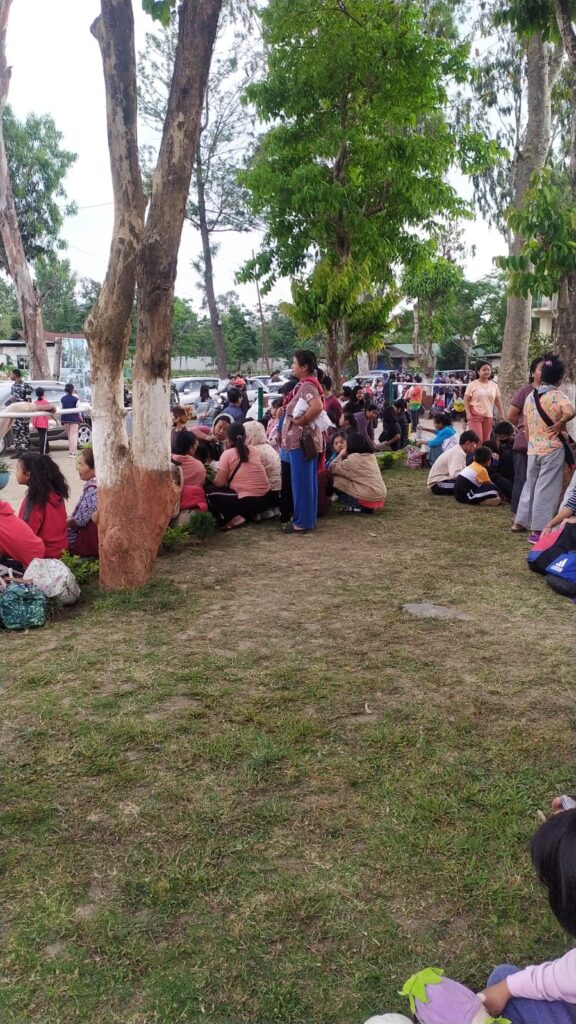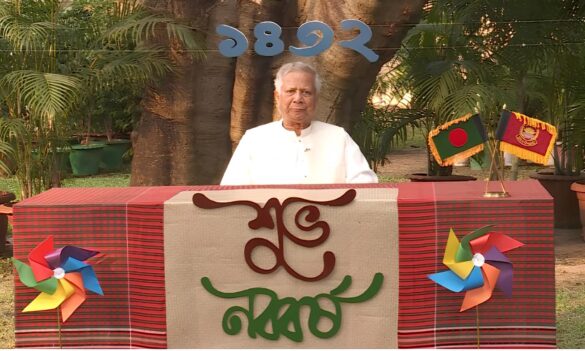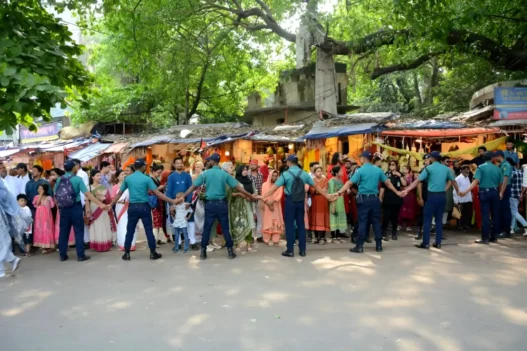A total of 3,583 individuals from Manipur have seek refuge in Mizoram after the violence that erupted last week, according to officials on Thursday.
On Friday, in the midst of the ongoing violence, a significant number of people sought refuge in Assam’s Cachar district. Reports suggest that over 600 refugees from the Kuki tribal community, who had fled the violence in Manipur and taken shelter in Assam’s Cachar district, have now returned home. The Assam police announced on Thursday that they are currently relocating additional people, as the curfew has been eased in 11 districts, such as Imphal West, Bishnupur, Churachandpur, and Jiribam.
The Kolasib district has the most significant number of displaced individuals, with 1,351 seeking shelter there. The Saitual district follows closely with 1,214 individuals, while the Aizawl district has accommodated 934 people. The remaining 84 people took shelter in Champhai, Serchhip and Khawzawl districts, a statement said.
The displaced individuals are currently being housed in temporary relief camps which have been set up across six districts in Mizoram.
As per the statement issued by Chief Minister N Biren Singh, the death toll has risen to 60, with 231 individuals injured, at least 1,700 homes destroyed, and 35,000 people displaced due to the clashes. Singh said on Monday that more than 20,000 people “who were left stranded in relief camps” had been moved to safety. He said efforts were on to rescue another 10,000 people.
In addition to the relief camps, some displaced individuals have found shelter with their relatives in Mizoram, providing immediate assistance and emotional support to those affected by the violence. Mizoram is already burdened with over 30,000 refugees from Myanmar and Bangladesh, state officials said.
According to reports, officials acknowledge a new challenge emerging – locating missing family members, with many still hiding in jungles or having crossed the porous border into Myanmar as refugees.
Violent clashes that broke out in Manipur a week ago in Churachandpur spread rapidly across the state, resulting in a conflict between the Meiteis, who constitute 53% of the population, and the tribal communities, particularly the Kukis who reside primarily in the hill districts.







